
|
|
|
|
|
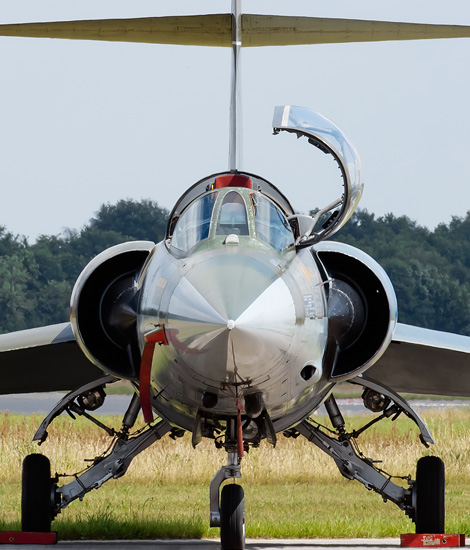
|
The World Changes, a New Era; Volkel, June 12 – 17, 2013
100 Years of Military Aviation, part 4; Text and Photograph's by Alex van Noye
After the fall of the Berlin wall a lot would change in Europe. The Air Force has changed dramatically and was drastically changed into a tactical air force. The new tactical air force would come into action for the first time during the war in Bosnia and during the bombing of Serbia during the Kosovo conflict in the late 90s.
During the Cold War in the 60s, 70s and 80s, the relations between the superpowers in the world were in balance. The Cold War had an enormous influence on the Dutch domestic and foreign policy and played an important role in the composition of the armed forces. A possible conflict between Eastern and Western Europe would probably been held on German ground; the Netherlands was close behind this front line. A huge air force was stationed on both sides of the Iron Curtain during the Cold War in Europe. In the second half of the 80s the international political relations changed dramatically. In Eastern Europe, the Communist regimes were overthrown and on November 9, 1989, the Berlin wall fell. The Soviet Union which was considered as the enemy fell apart. The Warsaw Pact was disbanded and the Cold War was over from July 1, 1991. For the Royal Netherlands Air Force much would change at this moment. New enemies would arise and old enemies would become allies due to the shift of power in the world. The well-known enemy made place for small trouble areas in the world which were until now an invisible threat. Europe would no longer be the battleground of a possible Third World War. This had a major impact on the Royal Netherlands Air Force. A large fleet of combat aircraft for the air defense of the country would be changed to a tactical air force which would operate in many unknown countries far away. The role of the fighter aircraft became smaller and the role of tactical helicopters and transport aircraft was increasing in the modern Air Force.
At the beginning of the 90s it was decided by the staff of the Royal Netherlands Air Force that a new transport fleet was needed. The 12 Fokker F-27 Troopship/Friend- ship transport aircraft did not longer meet the requirements after the fall of the Berlin Wall. The Air Force ordered in 1993, two C-130H-30 Hercules aircraft; both aircraft were delivered to the Air Force in 1994. The Air Force purchased in June 1992 also two DC-10 airliners from Martinair. Both DC-10s were converted into multifunctional
|
|
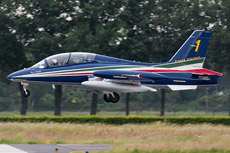
|
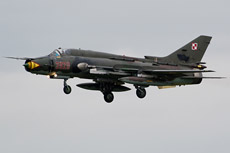
|
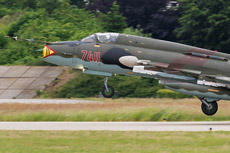
|
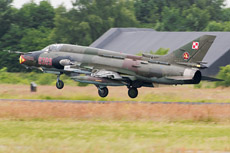
|
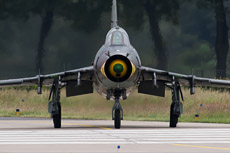
|
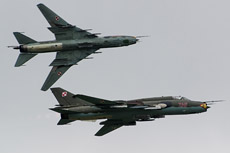
|
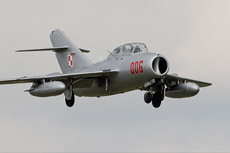
|
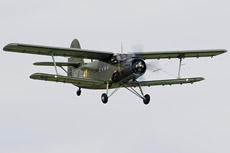
|
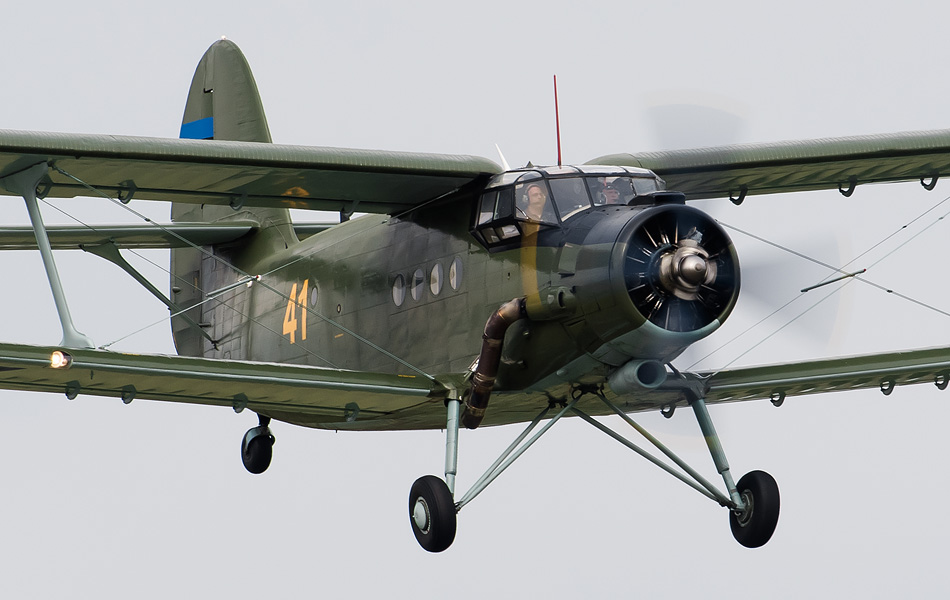
|
transport and tanker aircraft and were put into operation in 1995. In 1996, the Royal Netherlands Air Force bought two Fokker 50 aircraft which were used for passenger transport. Four Fokker 60UTA-N transport aircraft entered service shortly after the Fokker 50. The fleet was finally completed with one Gulfstream IV Business Jet. All transport aircraft were stationed at Eindhoven Air Base from 1993; the aircraft are nowadays still stationed at this base. In 2004, a third DC-10 was purchased to improve the airlift capacity. This aircraft should become a transport aircraft only; the tanker role was fulfilled by the other 2 aircraft. In 2007, the 4 Fokker 60s were withdrawn from use; the aircraft were sold to Peru. Two additional C-130H Hercules transport aircraft were purchased to replace these four aircraft. In 2006, NATO members took the initiative to purchase 3 Boeing C-17 Globemaster III transport aircraft. The aircraft were assigned to the multinational NATO Heavy Airlift Wing which was founded with the arrival of the aircraft. The C-17s were delivered in 2009 and are based in Hungary.
The Bosnian civil war which took place between 1992 and 1995 is one of the wars which broke out in Yugoslavia as a result of the disintegration of the Socialist Federal Republic of Yugoslavia. The war began when Bosnia and Herzegovina declared themselves independent from Yugoslavia in 1992. Many ethnic groups who all competed for the country lived together in Bosnia. There was much violence and thousands of people were killed. In 1992, the UNPROFOR peacekeeping force of the United Nations was sent to Bosnia to stop the fighting between the several groups in the country. The peacekeepers could not stop the fighting despite warnings from the UN due to the lack of mandate and resources. The Serbian army attacked cities like Sarajevo and Tuzla. The immediate cause of the NATO bombing was the Serb mortar attack on a market in Sarajevo on August 28, 1995. The Royal Netherlands Air Force took part in the coalition during Operation Deliberate Force, which eliminated the Serb military assets. The bombings were suspended after the warring parties had agreed to a framework agreement made by the UN. In addition to the F-16 deployment also helicopters of the newly established THG-KLu were deployed during peacekeeping missions such as the IFOR and SFOR mission. The helicopters were often used for transport to and from hard to reach areas in Bosnia. The Chinook, Cougar and Apache helicopters were all new to the Dutch Air Force and were used for the first time.
During the Kosovo War in 1998 and 1999, the Dutch F-16s were used frequently. Kosovo wanted to be independent from Serbia; this idea was rejected with show of force by the Serbian government. In 1998, this resulted in the battle for Kosovo between the Serbian army and the Kosovo Liberation Army KLA. The Serbian forces in Kosovo would not leave the area in 1999. The NATO decided to intervene without a UN mandate and started the bombing of Serbian targets. The Dutch government had an agreement for the participation with 16 Dutch F-16s, 3 P-3C Orions, 2 frigates and a submarine in Operation Allied Force on March 23, 1999. The F-16s which participated in this conflict flew from the Italian airbase Amendola. A Dutch F-16 shot another plane shot down with a missile for the first time since the Second World War during this conflict. During the first day of Operation Allied Force, the Dutch pilot Peter Tankink of the no 322 Squadron shot down a Serbian MiG-29 with an AMRAAM missile on March 24, 1999. The Dutch F-16s protected the bombing formations during the first days of Allied Force. As of March 29, the F-16s also performed ground attacks on Serbian targets. The F-16s used laser-guided bombs and AGM-65 Maverick air-to-ground missiles. On June 10, the assault on the Serbian army ended. After the actions 8 of the 16 F-16s turned back to the Netherlands. The F-16s flew also missions during Operation Deliberate Force over Bosnia and Operation Joint Guardian over Kosovo.
|
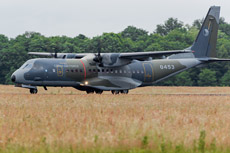
|
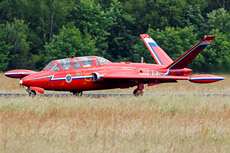
|
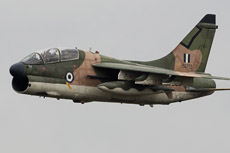
|
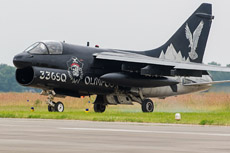
|
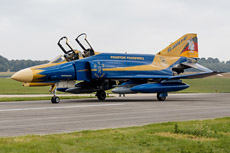
|
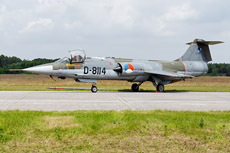
|
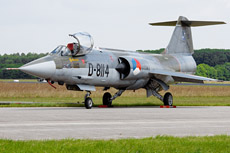
|
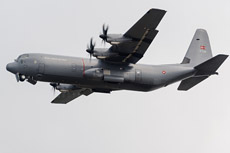
|
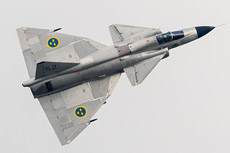
|
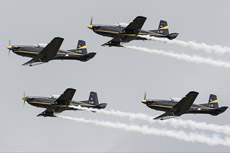
|
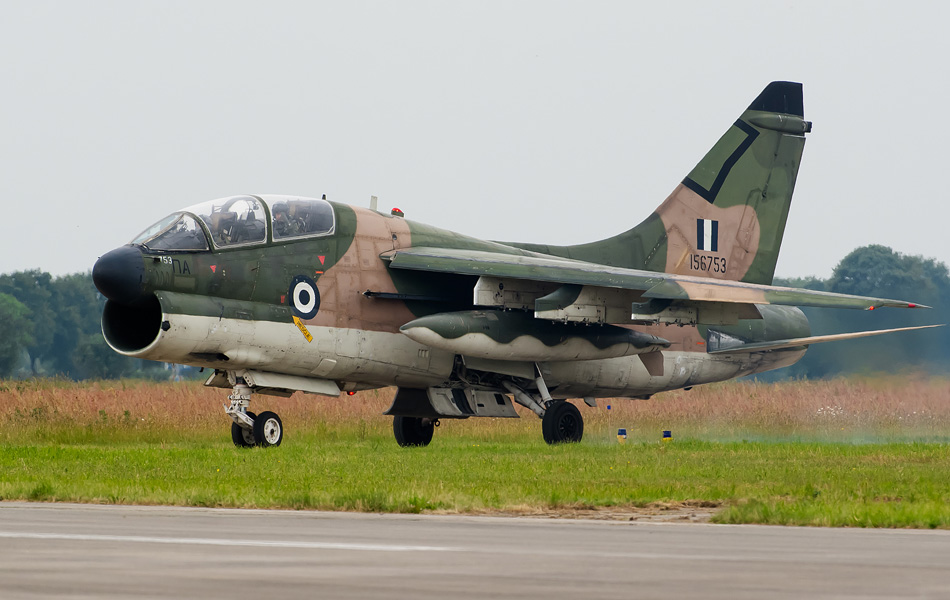
|
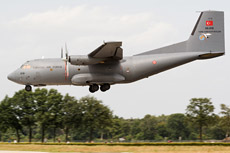
|
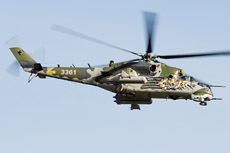
|
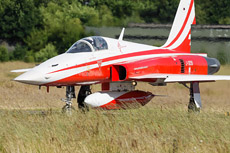
|
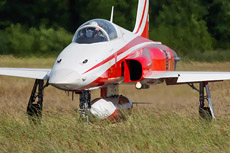
|
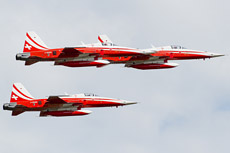
|
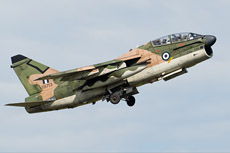
|
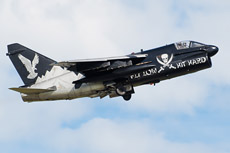
|
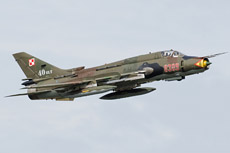
|
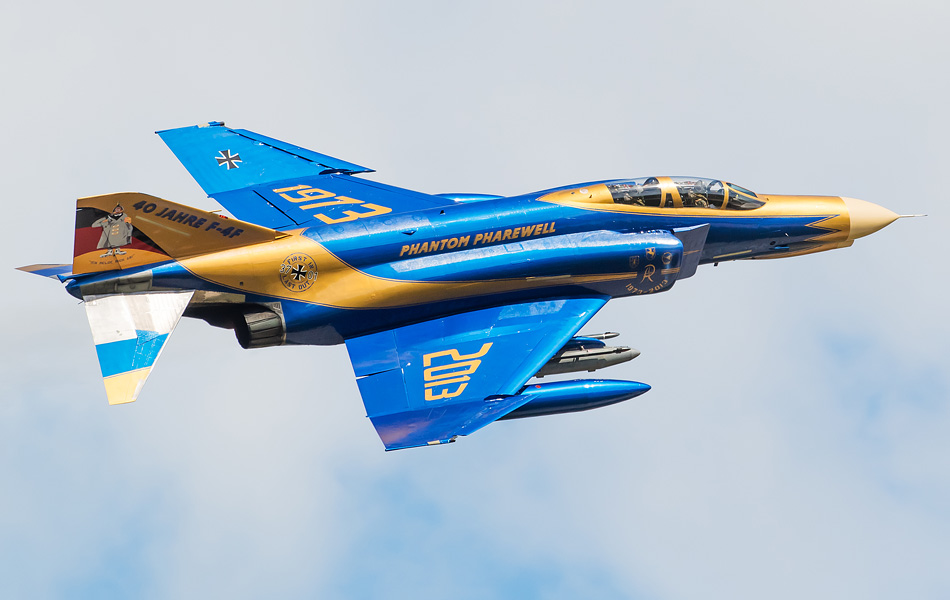
|
|
|

|







